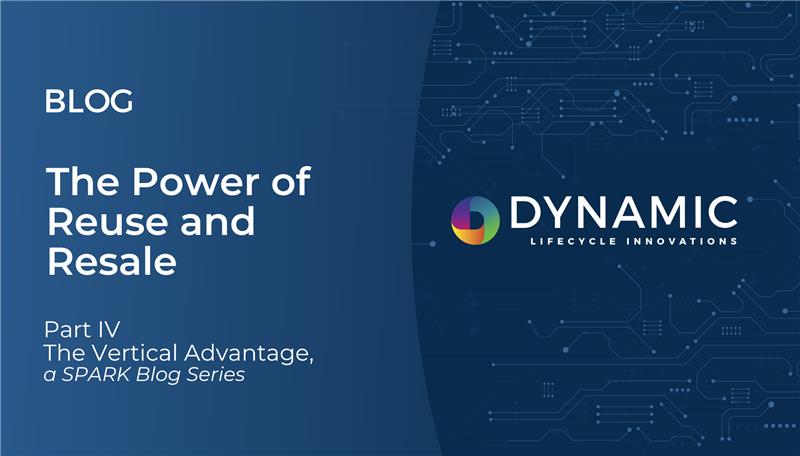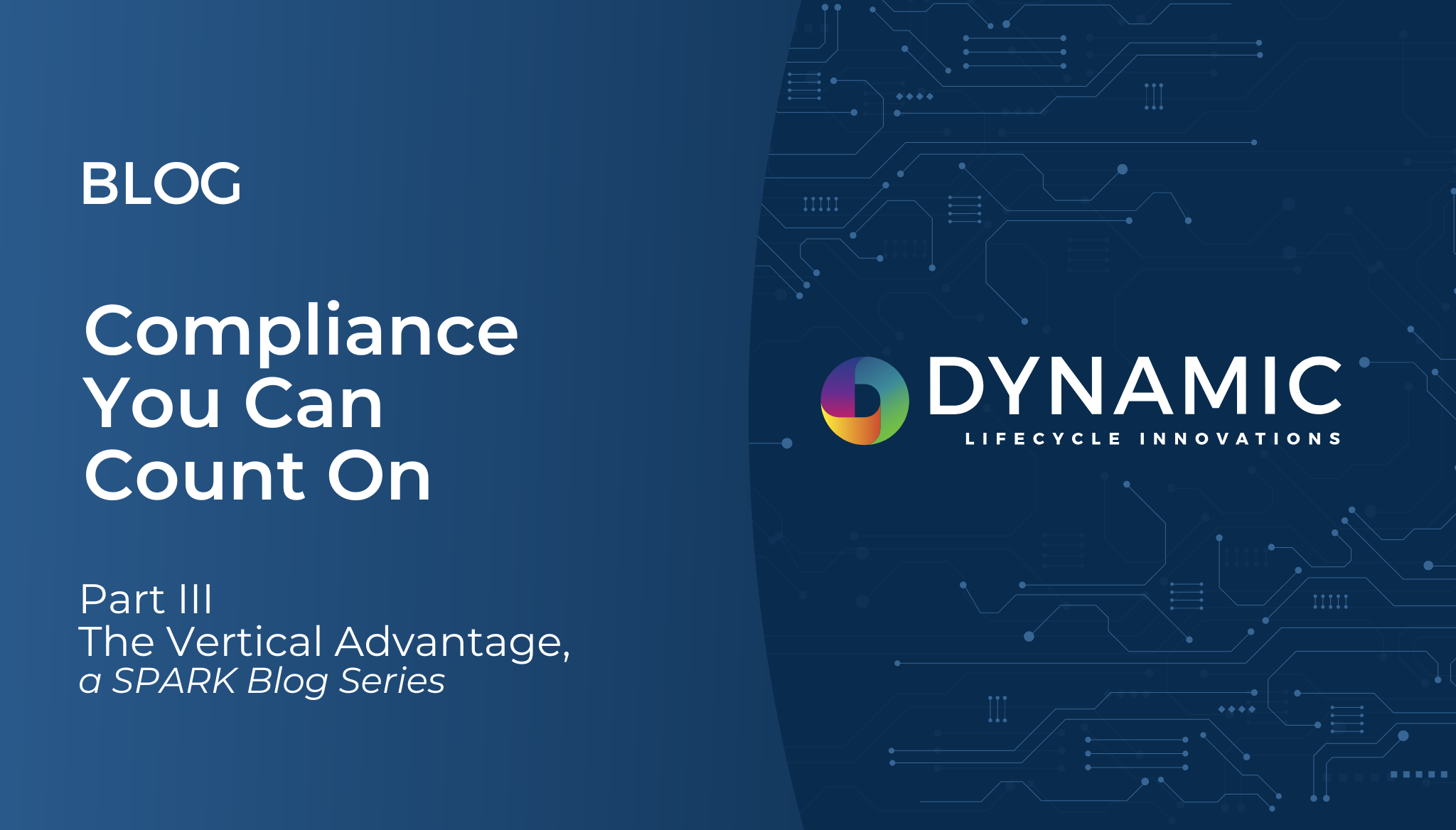This article is part 4 in a series intended to guide original equipment manufacturers (OEMs) and retailers in selecting the right electronics lifecycle management partner to assist them with their reverse logistics needs.
If environmental, social, and governance (ESG) principles are a priority for your electronics OEM or retail business, it’s important to find a reverse logistics partner who genuinely supports and complements your values and goals. After all, your partner functions as an extension of your brand — and their practices can strengthen your ESG story and stakeholder trust.
The good news? The right electronics lifecycle management vendor doesn’t just align with your ESG initiatives — they can amplify them, helping you move further and faster toward your sustainability and compliance objectives.
Emphasizing the ‘E’ in ‘ESG’
One of the top priorities for most OEMs and retailers is making sure they’re operating in an environmentally responsible manner (that’s the “E” in “ESG!”).
A reverse logistics partner with a strong environmental ethic will process consumer electronics in a manner that contributes to a circular economy. This includes product refurbishment and resale, whenever possible, and recovering critical minerals and other raw materials for use in the manufacture of new products.
It’s well-documented that services such as device refurbishment/resale and the use of recovered materials to produce electronics generate lower greenhouse gas emissions than manufacturing that relies on virgin raw materials.
Consider, also, the environmental advantages of working with a “vertically integrated” partner — one that performs a comprehensive set of services under one roof. With more in-house capabilities, your partner relies less on outsourcing for highly specialized tasks, which reduces the need for carbon-emitting transportation.
Measuring Carbon Emissions
But how will you quantify this reduction in carbon emissions? After all, ESG reporting demands numbers, not generalities.
Accounting for the scope 3 emissions (also known as “value chain emissions”) generated by your partner can be particularly challenging. However, scope 3 emissions cannot be overlooked, especially since they often represent the majority of an organization’s total greenhouse gas emissions.
Ask prospective partners whether and how they can help you estimate potential scope 3 emissions avoided. If they offer a measurement tool, make sure it uses established standards and is validated by a third party.
Looking for Evidence Within
Many companies tout their commitment to ESG, but how many of them actually live up to this standard within their own operations? I encourage you to look past the promises of potential partners to how they embody ESG internally. One of the strongest indicators is the partner’s own ESG reporting — assuming it exists. This reporting should:
- Describe specific ESG initiatives the company is pursuing
- Include metrics showing progress in achieving ESG goals
- Adhere to widely accepted ESG and reporting standards
Get the Rest of the Story Here
How do Dynamic Lifecycle Innovations priorities, services, and support align with fundamental ESG values? For the complete story — including details about our industry-leading carbon calculator and our ESG reporting — I invite you to download our free “Choosing the Right Electronics Lifecycle Management Partner” evaluation guide and checklist for OEMs and retailers. The guide also walks you through three other crucial areas to consider when outsourcing your reverse logistics. Click here to download now.










